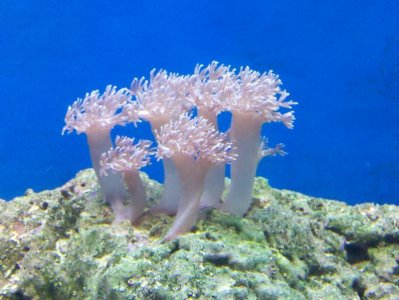So I have had my pom pom xenia for about eight months has gone from one tiny nub to about six or seven stalks..question i have is they are featherless and obviously dont pulse..i supplement iodide and they seem healthy any suggestions? more current?
My water parameters were all tested right before i wrote this and were as follows, temp 76.7, sg-1.025, calcium-420 nitrite,nitrate,amonia,ph all read right where they need to be did not do iodide test since i did not have any distilled water but usually put about two drops in a day.
My water parameters were all tested right before i wrote this and were as follows, temp 76.7, sg-1.025, calcium-420 nitrite,nitrate,amonia,ph all read right where they need to be did not do iodide test since i did not have any distilled water but usually put about two drops in a day.

